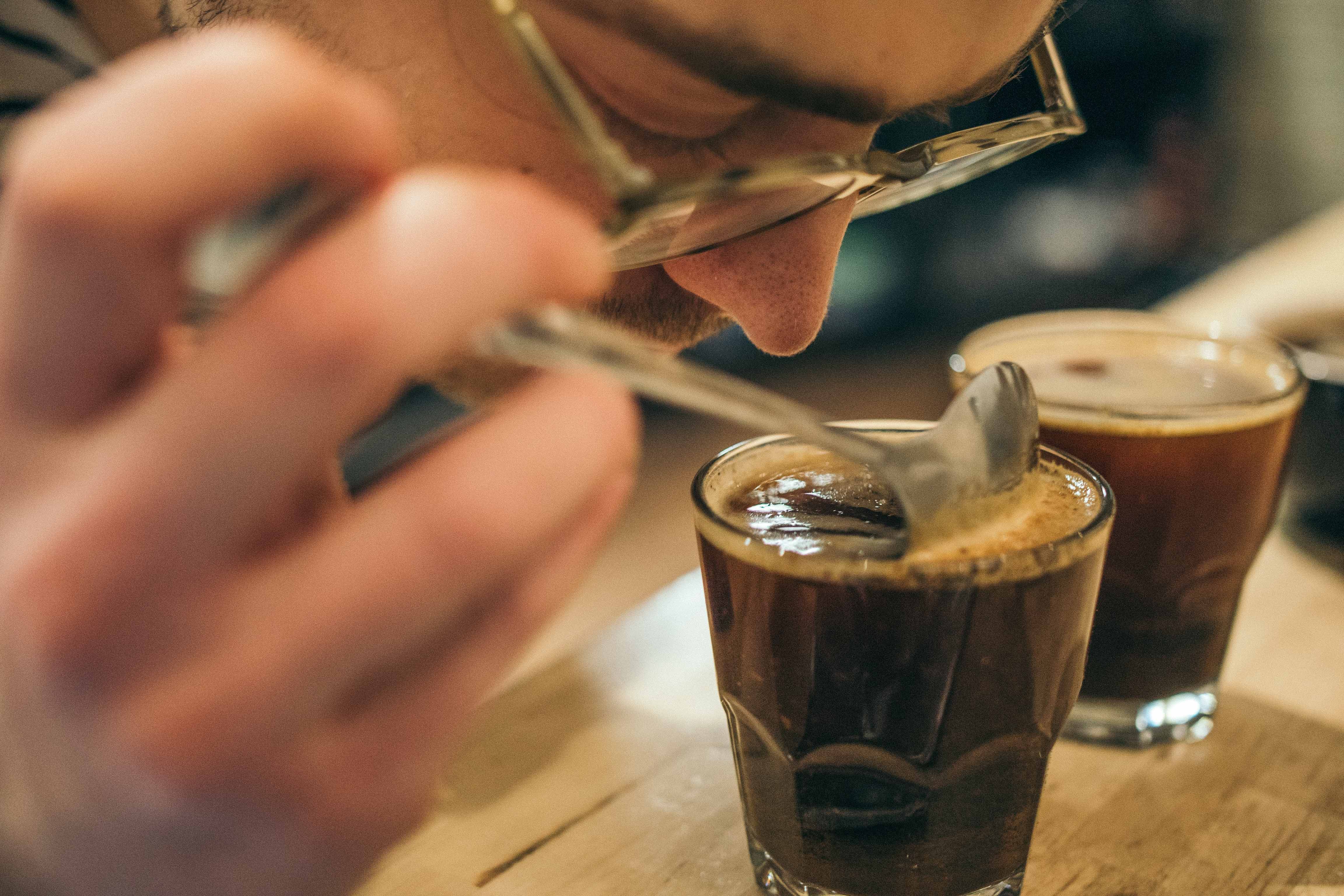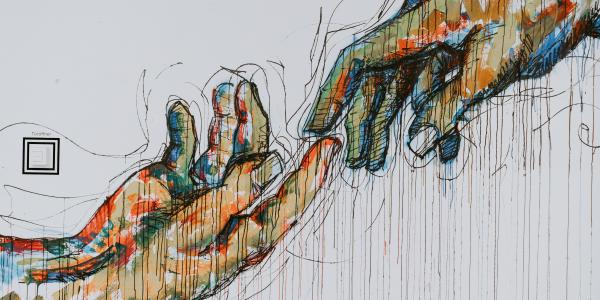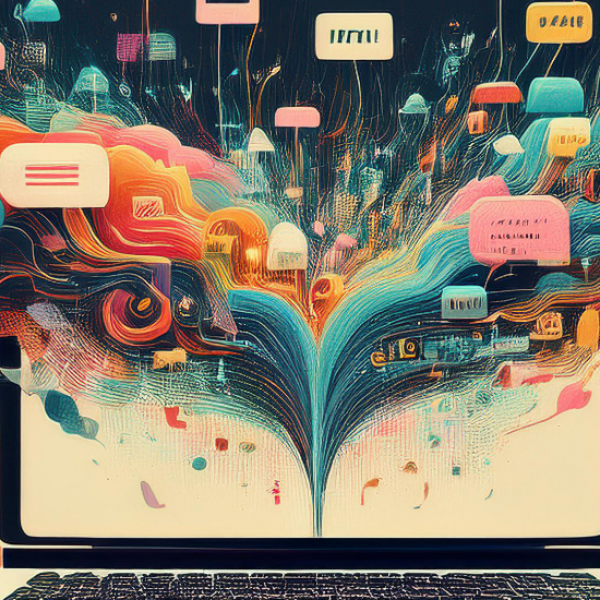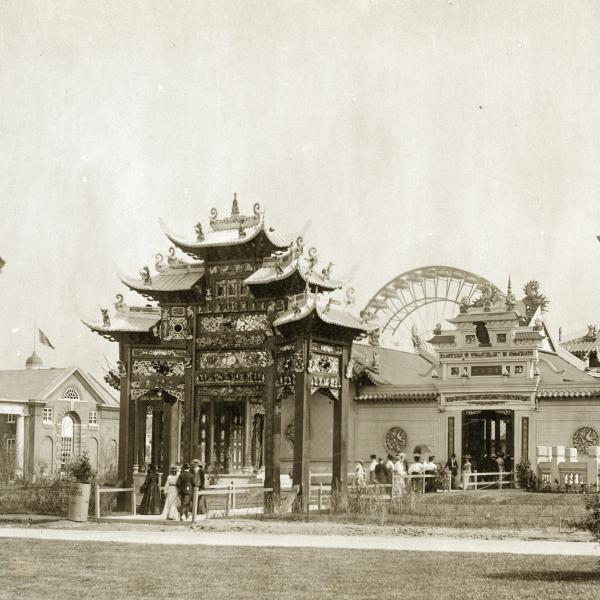Interview with Faculty Fellow Casey O’Callaghan
We know well the five senses – hearing, seeing, taste, touch and smell — that we use to interpret our environment. These senses affect what we like and dislike, the paths we take and the projects we take up. (Think of the pilot with perfect vision, or the foodie with a superior palate.) But our perceptual abilities and limitations differ, which means we value them uniquely and they lead us in divergent directions. What seems a common bond — our ability to perceive the world through our senses — is actually a site of unexamined difference. “Negotiating these differing cares, concerns and obligations, as communities and as cultures, is a tremendous social challenge,” says Casey O’Callaghan, professor of philosophy and a Faculty Fellow in the Center for the Humanities. “Understanding their sources is a start.” With his book in progress, “Reverberating Differences (Our Senses as Sources of Value),” O’Callaghan is exploring the significance of diversity in perception. Below, he offers a peek at his project.
Briefly, what is your book about?
The main idea I want to explore is how our senses shape what matters to us and what we care about, rather than just what our senses tell us about our environment. So, it’s useful to investigate how differences in the capacity to see, hear, touch, taste, smell or feel pain impact people’s likes and dislikes, cares, concerns and projects. Someone with an excellent sense of smell might be drawn to perfumery, while the loss of hearing might be devastating to a devoted musician. A lot more of the meaning in our lives traces to our senses than we tend to realize.

Why was it important to include in this study people whose sensory capacities differ dramatically from what is statistically typical?
It’s tempting to think the way our senses work is mostly the same from person to person, and even for a given person over a lifetime, so there’s a standard bundle of human sensory capacities. If that’s right, and if our senses are sources of value, then how the senses impact value and meaning is mostly the same for all of us. Other things equal, we should like the same foods, music and art.
In fact, sensory capacities differ a lot from person to person, and each of our senses changes a great deal over the course of a lifetime. Considering sensory disabilities — such as blindness, deafness, anosmia, ageusia (inability to taste) and analgesia (inability to feel pain) — shows clearly how one’s distinctive sensory capacities impact questions of meaning and value. But perceivers also differ in sensory capacities due to their background, experience, skills, training and life stage. Becoming a skilled radiologist changes how you see x-rays. And vision and hearing, of course, decline with age. Each of these differences in sensory capacities can have evaluative and normative upshots.

What sources and fields are you drawing from?
For detailed characterizations of the sources of sensory diversity among perceivers and across a lifetime, I rely mostly on perception science, from behavioral psychology to sensory neuroscience. Research on multisensory perception, perceptual learning and perceptual expertise has been especially illuminating.
Philosophy provides the framework for thinking about axiology, or questions of value. It offers useful distinctions among different types of evaluative and normative questions. So, things can be good or bad, and better or worse, comparatively or with respect to a standard. But it is very different to be good epistemically than to be good aesthetically or morally.
I also have drawn extensively on memoirs to learn about the experiences, concerns and evaluative perspectives of people whose sensory capacities differ from my own. For instance, John Hull’s Touching the Rock details his experience becoming blind and how it reorganized his life. Haben Girma’s recent Haben conveys how deafblindness shaped her journey from California and Africa to Harvard Law and disability rights advocacy. Memoirs are invaluable to my project because they allow people to speak in their own voices about their experiences.
How does this current project relate to your earlier work on multisensory perception?
None of our senses is an island. Each works in coordination and cooperation with others. Ventriloquism is a familiar example in which vision changes where a sound seems to come from, but in the past two decades these effects have been shown to be pervasive. As a result, missing a sense affects the other senses. The acuity of spatial hearing or touch can improve in absence of vision, and exposure to native sign language has been shown to sharpen vision in deaf perceivers. Hearing for a person with congenital blindness can be quite different from hearing for someone who sees. And it plays a very different role in their ability to communicate and navigate. So, even a sense like hearing can have very different significance in the life of someone whose other senses differ.
Headline image by Claudio Schwarz via Unsplash





